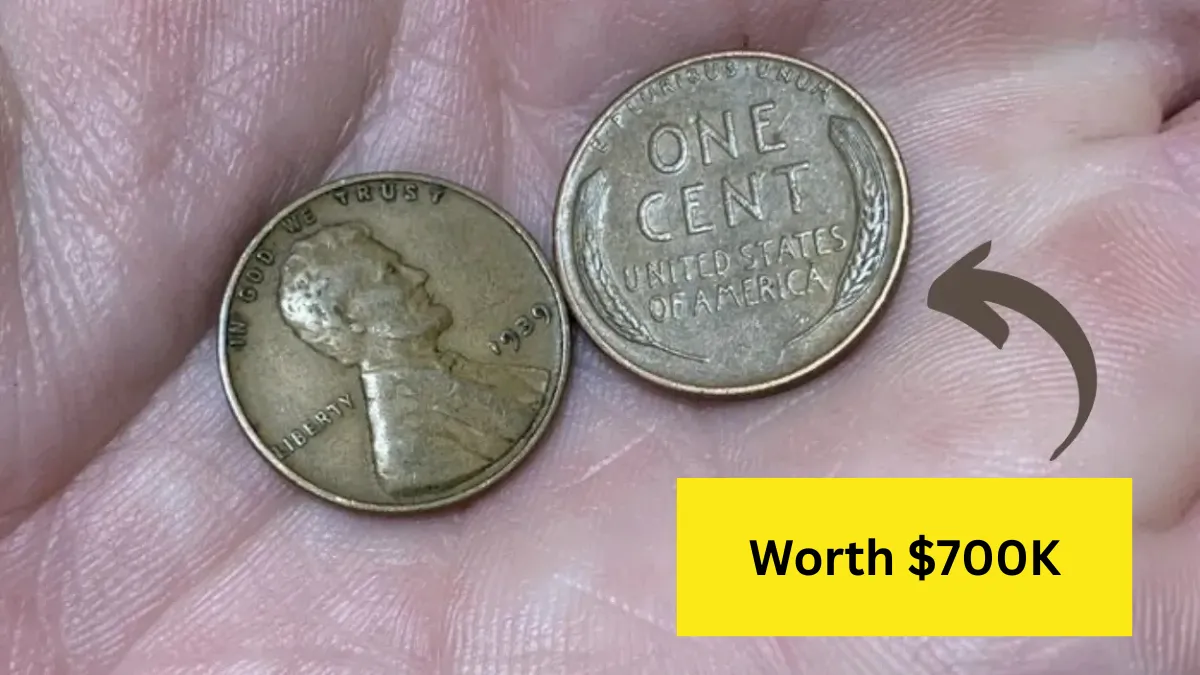Most Lincoln pennies end up lost in car seats, dropped into coin jars, or ignored at the bottom of purses. But one rare version of this everyday coin once sold for a jaw-dropping $700,000. What’s even more exciting? There could still be a few of these valuable coins hiding in plain sight—maybe even in your spare change.
It might sound like a myth, but this story is backed by real auction records and coin grading experts. A small mistake at the U.S. Mint during wartime accidentally created one of the most prized coins in American history. Here’s everything you need to know about the rare 1943 Lincoln Wheat Penny struck on bronze—and how to spot one if you’re lucky enough to find it.
The 1943 Bronze Penny: A Lucky Minting Mistake
During World War II, the U.S. needed copper for things like shell casings and military gear. So, in 1943, the Mint stopped using bronze (mostly copper) to make pennies and switched to steel coated with zinc.
But a few leftover bronze coin blanks from 1942 somehow got used by mistake. When these blanks were struck with the 1943 penny design, they created a coin that wasn’t supposed to exist.
These rare 1943 bronze pennies were made by accident. Most of them came from the Philadelphia Mint, but a few were also found from the San Francisco (“S”) and Denver (“D”) mints. With fewer than 20 of these coins officially known today, they’re among the rarest and most valuable U.S. coins ever made—right up there with old gold and silver treasures.
Why This Penny Can Sell for $700,000
So, what makes this small coin worth so much money? Here are the main reasons:
- Super Rare: Only a handful of these bronze pennies are known to exist. Even experts think there might be just a few more hidden away.
- World War II History: The coin tells a powerful story about how materials were used during wartime.
- Mint Error: It wasn’t supposed to be made with bronze in 1943. That mistake adds huge value.
- High Demand: Collectors across the world want it, which pushes prices up.
When one of these coins is found in great condition and gets a top grade from trusted coin grading services like PCGS or NGC, it becomes a hot item at auctions. That’s how one of them ended up selling for a stunning $700,000—a price that shocked even long-time collectors.
How to Tell If You Have One
Think you might have a 1943 bronze penny? It’s a long shot, but not impossible. People have found them in old boxes, coin jars, and family collections. Here’s a quick guide to help you check:
- Check the Date: It must say “1943” on the front.
- Try a Magnet: Steel pennies stick to magnets. Bronze ones won’t.
- Look at the Color: Steel cents are silvery-gray. Bronze ones are reddish-brown.
- Weigh It: A bronze penny weighs around 3.11 grams. A steel one is lighter at 2.7 grams.
- Look for a Mint Mark: Below the date, you might see a tiny “D” (Denver) or “S” (San Francisco). No letter means it came from Philadelphia.
If your coin checks all these boxes, don’t try to clean or polish it—doing so can hurt its value. Your next step should be getting it checked by a professional grading service.
Be Careful—Fakes Are Everywhere
Because the 1943 bronze penny is so famous and valuable, many fake versions have appeared over the years. Some scammers coat a regular steel penny in copper. Others change the “8” in a 1948 penny to look like a “3.”
That’s why it’s so important to have your coin certified by a trusted grading company. These experts use special tools and knowledge to tell real from fake. Without proper certification, your coin may not be worth anything, even if it looks right.
While the odds are slim, this rare penny is proof that treasure can still turn up in ordinary places. A quick check of your old coins might be all it takes to uncover something worth a fortune.
